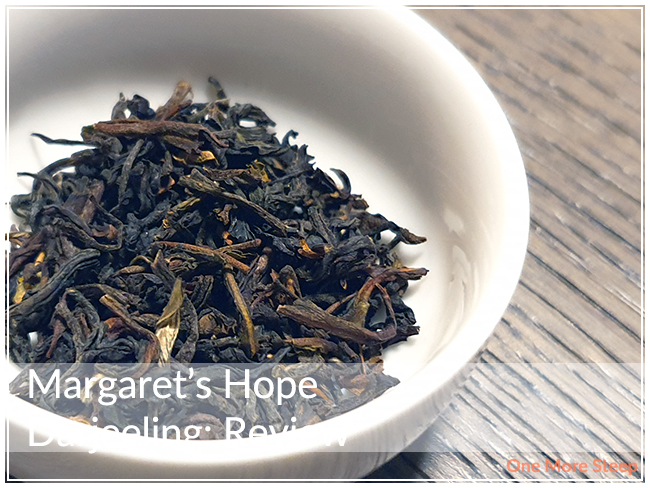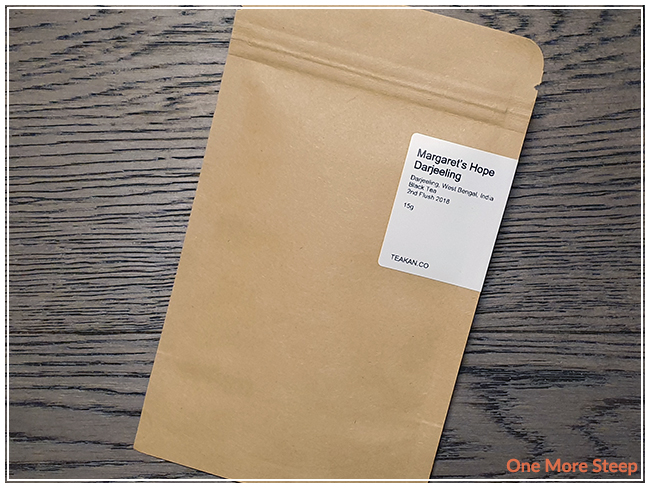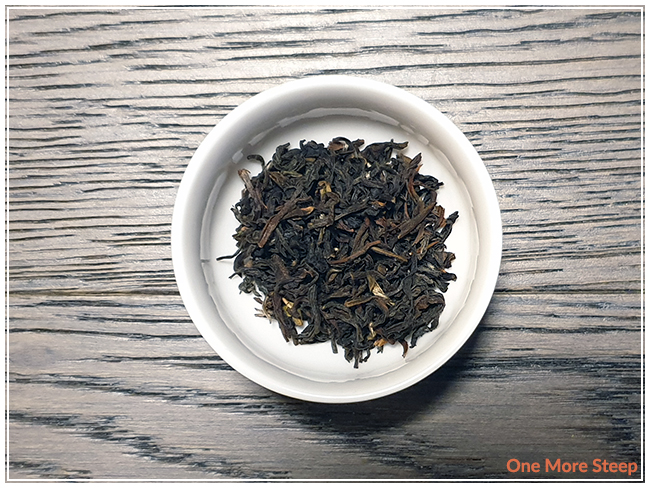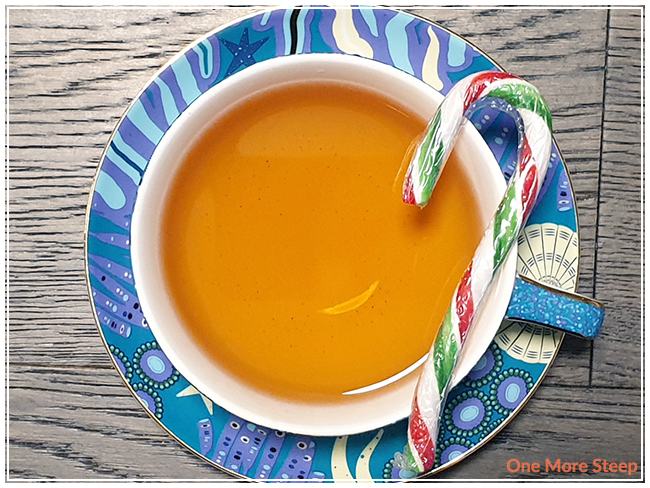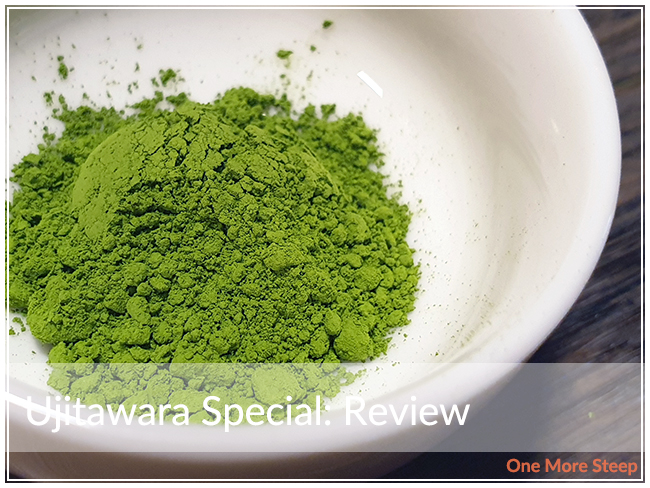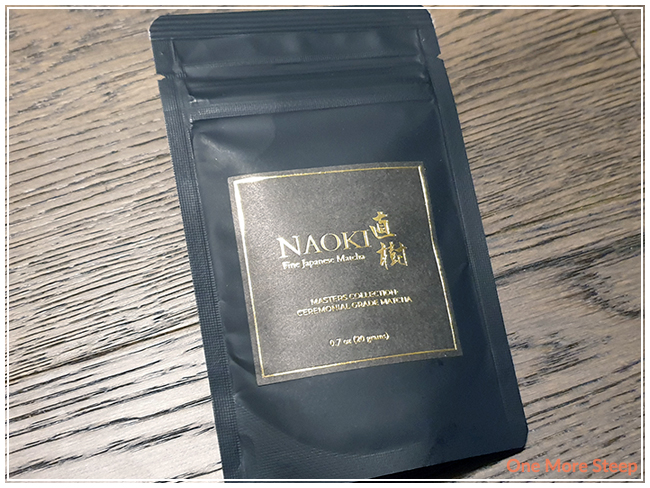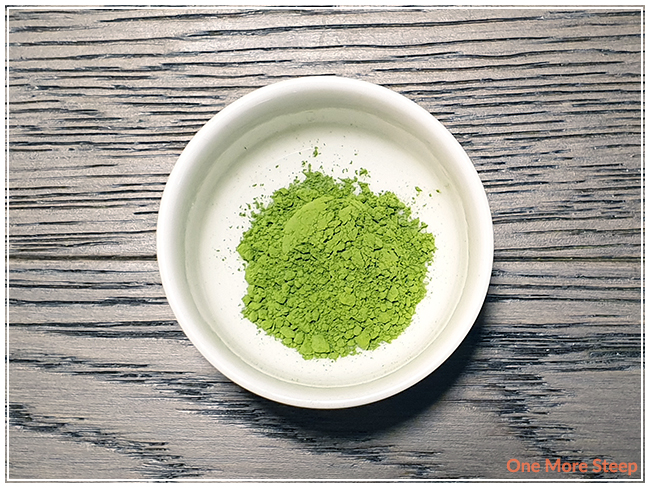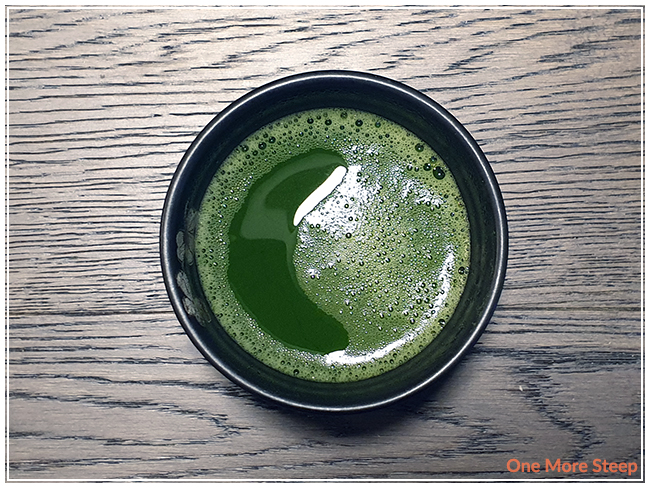Osmanthus Tie Guan Yin by Teakan
Oolong Tea / Straight
$30.00 for 70g
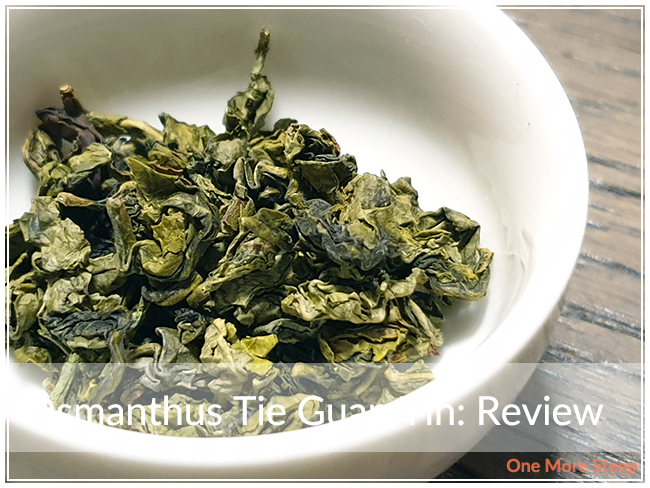
Osmanthus Tie Guan Yin is one of five teas from Teakan’s Tea Exploration Kit (Volume 2) and makes up 15g of the 70g of loose leaf tea in this curated collection.
First Impressions
Osmanthus Tie Guan Yin came to me as part of Volume 2 of Teakan’s Tea Exploration Kit. This is the fifth/last review I’ll be writing for Volume 2 (and I’m so looking forward to when Volume 3 is released! I’m hoping for an all-oolong kit). Osmanthus Tie Guan Yin came to me in a sealed, resealable kraft paper pouch with a simple printed label. This is a scented oolong tea from Anxi, Fujian, China. The tea itself was harvested in autumn 2019, so a bit over a year old now.
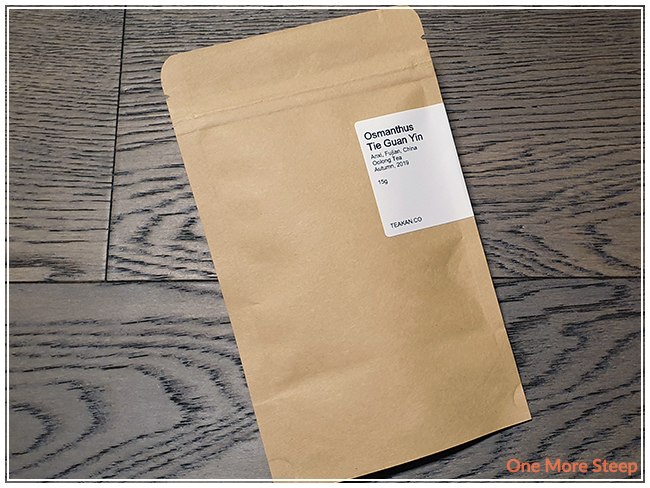
The leaves themselves are lightly bunched, with varying shades of green that are mostly light to medium in depth of colour. The aroma is strongly that of osmanthus flowers and the tea was scented in a manner similar to how they scent jasmine green teas (keeping the flowers with the tea during the production of the tea, and then the flowers are removed). It has a strong floral with a light vanilla aroma to it, it’s very inviting and reminds me a lot of spring time because of the floral notes.
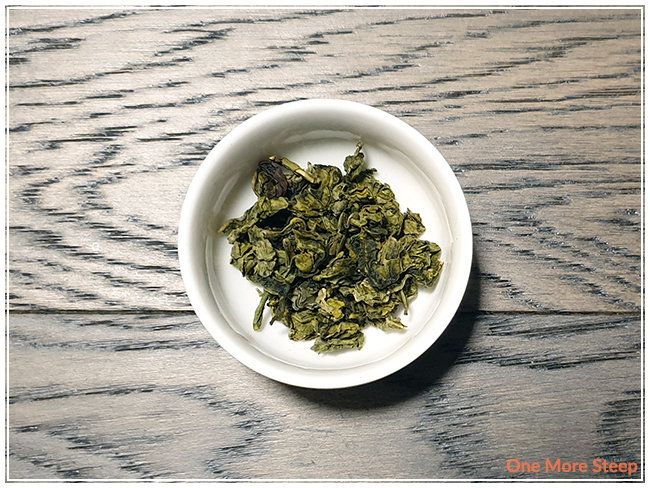
Preparation
Teakan recommends steeping Osmanthus Tie Guan Yin in 90°C (194°F) water for 3 minutes (western steeping style) or for 30 seconds (gongfu steeping style). I opted for western style steeping and used water that was heated to 91°C (195°F).
First Taste
Osmanthus Tie Guan Yin steeps to a pale yellow. It has a very floral aroma with a light vanilla fragrance in the undertones. The flavour is primarily that of sweet floral, with some vanilla flavour that lingers on the tip of the tongue. There’s an almost buttery creaminess to it that kind of coats the mouth when you drink this oolong and it has a nice flavour to it.
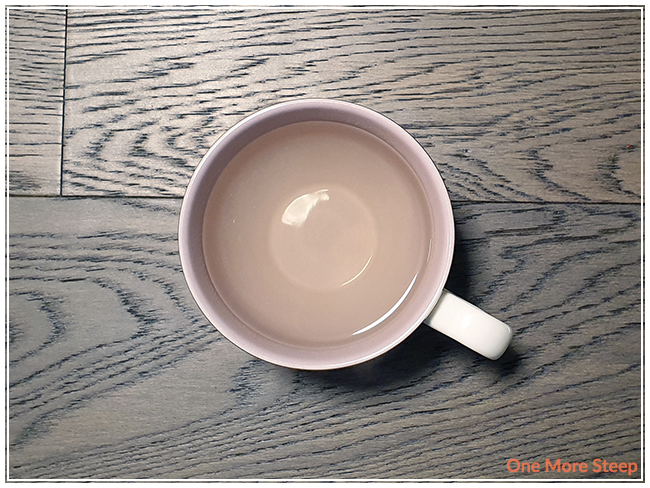
A Second Cup?
I resteeped Osmanthus Tie Guan Yin six times (seven steeps total), adding an additional 30 seconds for each subsequent steep. The floral quality of the flavour stays throughout and is fairly consistent, while the vanilla notes deepens initially and then begins to fade. The flavour stays very pleasant throughout and I would recommend resteeping this oolong as much as you care to do so.
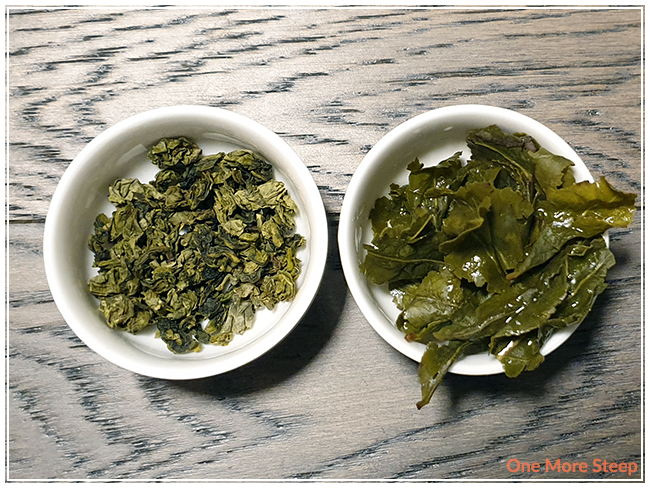
My Overall Impression
![]()
I loved Teakan’s Osmanthus Tie Guan Yin. This made for a really nice steeping experience between admiring the dry leaf, the first taste, and the multiple resteeps. It just has a nice flavour and aroma to it, and is very easy to drink and slurp down. I even allowed a cup or two to cool to room temperature and it also tasted pretty good cold, so I think it’d be a great candidate as iced tea or cold steeped.
Curious about the cup rating system? Click here to learn more.
